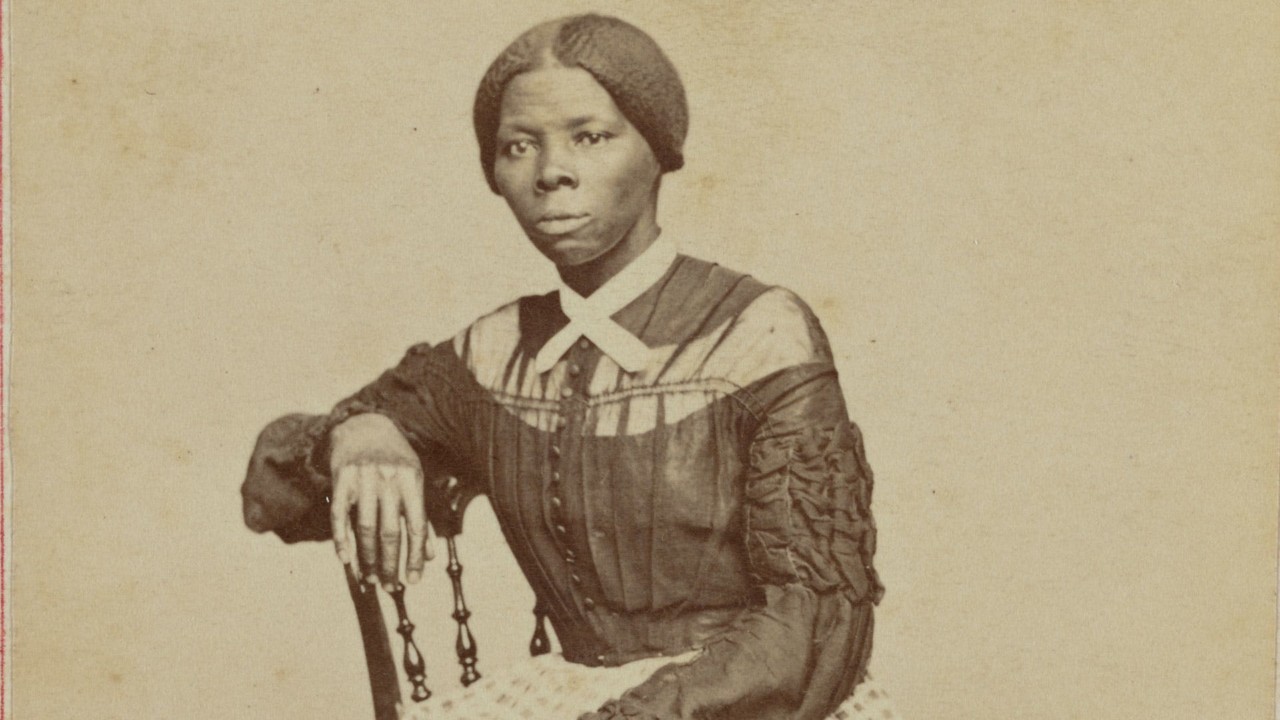When you hear names like Albert Einstein or Maya Angelou, their discoveries or creativity may spring to mind. However what you may not know is that they experienced some form of disability – yet despite that made ground-breaking contributions to our collective human experience.
Despite the tireless efforts of activists, the history of disabled people is not yet recognised in the National Curriculum. Let’s use Disability History Month to celebrate the contributions of disabled people throughout history.
1. Alexander Graham Bell (1847–1922)
Bell’s mother and wife were deaf, and were the inspiration behind Bell’s interest in the principles of acoustics and his experiments in transmitting sound waves over wires. Bell also invented the audiometer, a device used to detect hearing problems which is still widely used today.
2. Vinton Cerf (born 1943)
Cerf is an American Internet pioneer who is recognised as one of “the fathers of the Internet” and as an early proponent of the online act of emailing. Both Cerf and his wife Sigrid have hearing deficiencies. They met at a hearing aid agent’s practice in the 1960s, which led him to becoming an advocate for accessibility.
3. Louis Braille (1809–1852)
Braille was a French educator and inventor of a system of reading and writing for use by the blind or visually impaired. Louis himself was blind by the age of five. This coding system he created through years of experimentation became the system which remains virtually unchanged to this day, and which is known worldwide as braille.
4. Ralph Braun (1940–2013)
At just seven years old, future inventor Braun was diagnosed with muscular dystrophy. Motivated to retain his independence, Braun helped pioneer a series of revolutionary mobility-assistance devices, including the world’s first battery-powered scooter and wheelchair lift. Thanks to Braun, millions of physically-impaired individuals have been able to chart their own path in life.
5. Rosa May Billinghurst (1875–1853)
Billinghurst was a suffragette who fought for women’s rights in England. She had polio as a child, which led to her using a wheelchair. She was an active participant in protests to allow women to vote in England until the Parliament (Qualification of Women) Act 1918 was passed, which finally gave some women voting rights.
6. Thomas Edison (1847–1931)
Edison was an inventor who transformed the entertainment industry and everyday life with his early version of an electric lightbulb; the phonograph (which would later be called a record player); and the motion picture camera. Edison became deaf in one ear and hard of hearing in his other ear after catching Scarlet Fever as a child.
7.Harriet Tubman – pictured above – (1822–1913)
Tubman was an abolitionist and activist who famously organised many dangerous missions to free black people from slavery through the Underground Railway. When she was 14, Tubman developed epilepsy after a slave owner inflicted a head injury. Tubman then lived with epileptic seizures and excessive sleepiness, which did not deter her from saving many people’s lives while risking her own.
8. Frida Khalo (1907–1954)
The famous Mexican artist was born with spina bifida, a congenital defect of the spinal cord, and as a child she contracted polio. She was severely injured as a teenager in a bus accident, which led to lifelong pain and ill health. Despite this she went on to create powerful self portraits capturing pain, passion, identity and a feminist take on the human experience.
9. Maya Angelou (1928–2014)
Civil Rights activist Maya Angelou transformed the literary world with both her poetry and her memoirs. Angelou developed mutism as a child after experiencing a traumatic event.
10. Judith Heumann (born 1947)
Heumann is an American disability rights activist. She is recognised internationally as a leader in the disability community. Her work with governments and non governmental organisations (NGOs), non-profits, and various other disability interest groups since the 1970’s has advanced human rights legislation and policies benefiting children and adults with disabilities. Through her work in the World Bank and the State Department, Heumann led the mainstreaming of disability rights into international development. Her work has also extended the international reach of the independent living movement.




